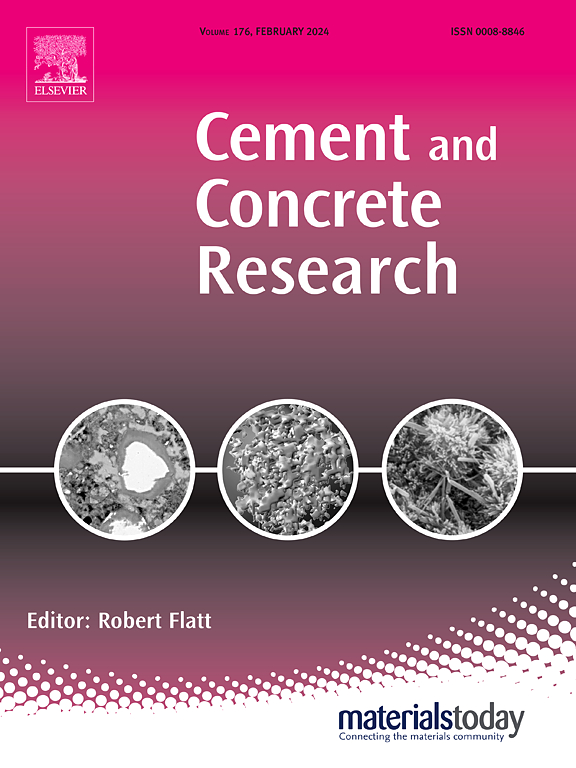三维混凝土打印中几何和表面检测的研究进展
IF 13.1
1区 工程技术
Q1 CONSTRUCTION & BUILDING TECHNOLOGY
引用次数: 0
摘要
鉴于增材制造在建筑领域的应用大幅增长,有必要确保打印样品的质量,因为打印样品可能比传统制造的零件复杂得多。本研究考察了3D混凝土打印(3DCP)中几何形状和表面质量控制的各个方面,特别强调了基于沉积的方法,特别是挤出和喷射混凝土3D打印(SC3DP)。全面概述现有的质量控制(QC)方法和策略,并在深入讨论之前提供。研究了四类数据捕获技术,并讨论了它们在AMC环境下的优势和局限性。此外,还分析了环境条件和物体特性对数据捕获的影响。该研究扩展到不同传感器的自动数据捕获规划方法。此外,在打印对象的制造周期的不同阶段探索了各种质量控制策略,包括:(i)打印期间,(ii)分层,(iii)预组装和(iv)组装。除了回顾AMC中已经应用的方法外,我们还讨论了各种研究空白和未来趋势,并强调了可以转移到AMC的邻近领域的潜在方法。本文章由计算机程序翻译,如有差异,请以英文原文为准。
A review on geometry and surface inspection in 3D concrete printing
Given the substantial growth in the use of additive manufacturing in construction (AMC), it is necessary to ensure the quality of printed specimens, which can be much more complex than conventionally manufactured parts. This study examines the various aspects of geometry and surface quality control in 3D concrete printing (3DCP), with a particular emphasis on deposition-based methods, specifically extrusion and shotcrete 3D printing (SC3DP). A comprehensive overview of existing quality control (QC) methods and strategies is provided and preceded by an in-depth discussion. Four categories of data capture technologies are investigated and their advantages and limitations in the context of AMC are discussed. Additionally, the effects of environmental conditions and the properties of objects on data capture are also analyzed. The study extends to automated data capture planning methods for different sensors. Furthermore, various quality control strategies are explored across different stages of the fabrication cycle of the printed object including: (i) During printing, (ii) Layer-wise, (iii) Pre-assembly, and (iv) Assembly. In addition to reviewing the methods already applied in AMC, we also address various research gaps and future trends and highlight potential methodologies from adjacent domains that could be transferred to AMC.
求助全文
通过发布文献求助,成功后即可免费获取论文全文。
去求助
来源期刊

Cement and Concrete Research
工程技术-材料科学:综合
CiteScore
20.90
自引率
12.30%
发文量
318
审稿时长
53 days
期刊介绍:
Cement and Concrete Research is dedicated to publishing top-notch research on the materials science and engineering of cement, cement composites, mortars, concrete, and related materials incorporating cement or other mineral binders. The journal prioritizes reporting significant findings in research on the properties and performance of cementitious materials. It also covers novel experimental techniques, the latest analytical and modeling methods, examination and diagnosis of actual cement and concrete structures, and the exploration of potential improvements in materials.
 求助内容:
求助内容: 应助结果提醒方式:
应助结果提醒方式:


